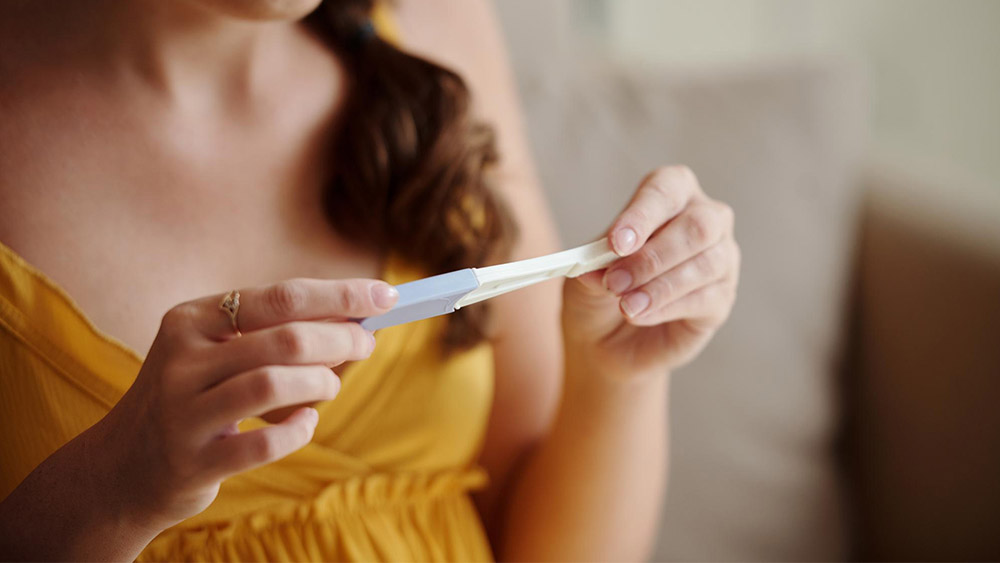Fibroids are benign growths that most usually appear in or on the uterus, or to put it more correctly, uterine fibroids. Although not very uncommon, fibroids can render the effort at conceiving and pregnancy outcomes for quite several women unfortunate. Therefore, it has been considered necessary that women either of childbearing age or trying to conceive should be enlightened about how this malady may affect fertility.
What is a Fibroid?
These benign tumours made up of smooth muscle are important and vary in size from as small as a seed to as big as a grapefruit. They can appear at the front or back of the uterus, outside the wall of the uterus, or in between the muscles of the uterus. Most, however, develop within the muscular wall itself of the uterus. Where precisely they develop in the uterine wall determines their impact on fertility. Generally, there are three major types of fibroids:
- Intramural Fibroids: They appear within the muscular wall of the uterus and are generally the most common kind.
- Submucosal Fibroids: These grow just beneath the lining of the uterus and may project into the uterine cavity. The submucosal fibroids are most likely to affect fertility.
- Subserosal Fibroids: They develop on the outer wall of the uterus and technically speaking they do not affect fertility except in instances when they become big enough to press other reproductive organs.
- Pedunculated Fibroids: They are found inside or on the outer wall of the uterine cavity and also these kinds of fibroids are attached to the uterus through a stalk.
How Do Fibroids Affect Your Ability to Get Pregnant?
The growths according to their size and site may exert an effect on fertility. The possible effects on fertility could be:
-
Interfere with Conception
These may distort the general shape of the uterus or block the fallopian tubes; this may lead to difficulty with the sperm trying to reach the egg, or in case conception occurs, the fertilized egg may not be in a position to implant itself into the uterine lining. More especially, submucosal fibroids distort the lining of the uterus, which further reduces the possibility of successful implantation. -
Increased Risk of Miscarriage
The underlying reason is the distortion caused by the fibroids in the uterine cavity, hence introducing an unfavourable environment for the developing embryo. This makes women with fibroids translation submucosal or large intramural fibroids have a higher chance of miscarrying. -
Complications During Pregnancy
The complications in pregnancy resulting from fibroids may be in the form of premature labour, placental abruption, and even caesarean section. Sometimes, fibroids could also result in complications during delivery. -
Effects on IVF
The presence of fibroids will reduce their success rate in women receiving IVF. In general, there is a trend when submucous fibroids are usually characterized by lower pregnancy rates and/or higher miscarriage rates in IVF treatments.
Treatment Options for Fibroids and Fertility
Fortunately, there are several treatment modalities for women with fibroids who desire conception. Treatment appropriately can be individualized based on the number, size, and location of the fibroids and according to the fertility desires of the woman.
-
Drugs
Other medications can alleviate symptoms such as heavy bleeding and pain that may be caused by fibroids. However, these medications do not take away the fibroids and usually are not used for those women who desire to conceive due to possible disturbance of hormones. - Surgical Options
- Myomectomy: This is a surgical removal of the fibroids, leaving the uterus intact. It is usually indicated for women for whom continuity of the womb is of much importance for future childbearing. Myomectomy can improve fertility, mainly in those cases where the fibroids interfere with the uterine cavity.
- Hysteroscopic Myomectomy: This procedure deals with the submucosal fibroids. A minor invasion is done by inserting a camera attached to surgical instruments via the cervix. Furthermore, the removal of fibroids is also performed through that passage. Hysteroscopic myomectomy proves to be one of the best options for women since the submucosal fibroids affect the fertility potential.
-
Non-Surgical Treatments
Other non-invasive forms of treatments are also carried out, such as UAE. UAE is the obstruction of the blood vessels that supply blood to fibroids, causing the fibroids to shrink. However, it is usually avoided in potential pregnancies as the process might interfere with fertility.
Conclusion
They remain normal for many ladies, as they at times do not affect fertility; on other occasions, they get in the way of conception, pregnancy, and even delivery at times. The kind of action to be taken is determined by the type, size, and location of the fibroid, especially for those ladies trying to conceive.
Consult the doctor if a condition of fibroids is suspected to be the problem of infertility. Most women with fibroids can conceive and go through healthy pregnancies provided they receive proper treatment and medical support.





